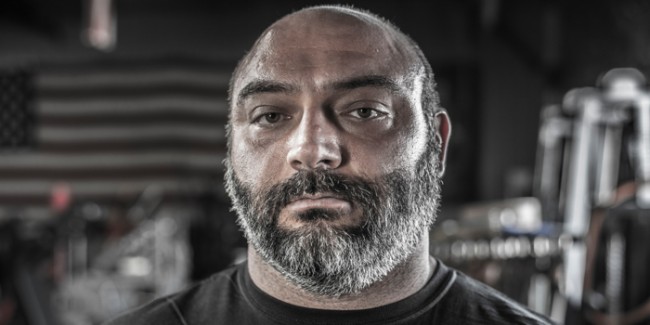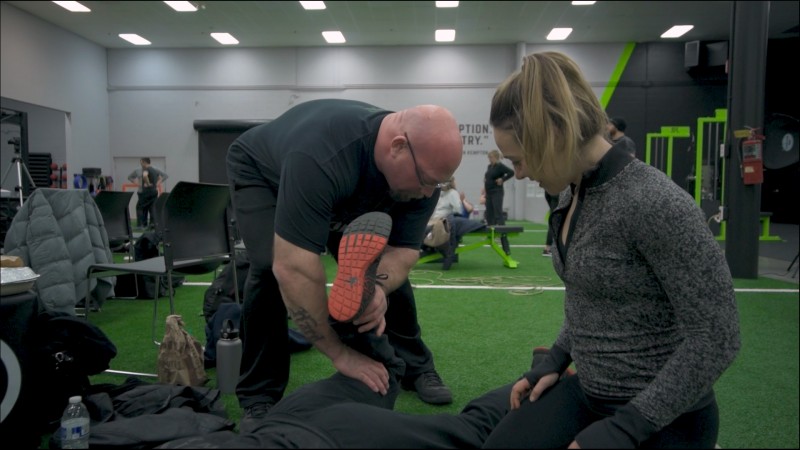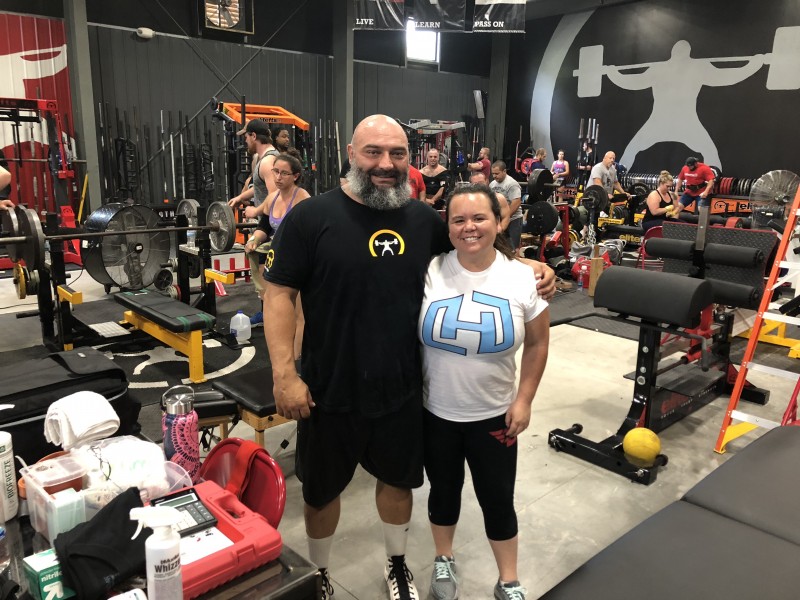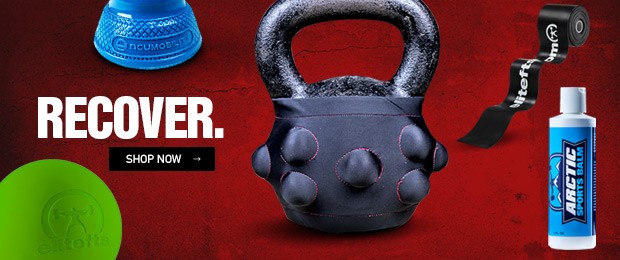
Disclaimer: This is my experience with Reflexive Performance Reset (RPR). My apologies if I butcher some of the terms, techniques, or explanations.
I think it was about three years ago now that I received a text message from JL Holdsworth. The conversation went something like this:
JL: “Bro, I just learned about the best stuff ever for training”
Me: “We already know about Conjugate dude”
JL: “Ha, no, this stuff is crazy. You have to see it to believe it”
Me: “All you need is bands, chains and reverse hypers but I’ll check it out”
February 2017
I didn’t get a chance to see what he was talking about until almost a year later when I attended an RPR Level I Certification workshop at The Spot Athletics. Chris Korfist, Cal Dietz, and JL were instructing about 50 attendees on the method and how to implement it.
Going into the certification workshop, I had been having some groin/adductor issues that were really hampering my squat training. The problem I was having was that when I went to stand up off the box during box squats, I would get a nasty pulling sensation on my adductor. This was more than just a tight muscle; it was the kind of pulling that made you question whether something was going to pull off the bone if you put too much force on it. Training had been hindered, to say the least, because of this. I think the adductor issue was actually my body compensating for some issues with my right hip. Whatever was going on in my right hip was also constantly pulling my hip girdle and lower back out of position.
RELATED: RPR — Wake Up Your True Performance Potential
At the certification workshop, JL, Chris, and Cal would go through the next reset drill, demonstrating the testing and the various techniques to use. After the instruction, attendees would break up into pairs and perform the reset drills on each other. The point of my saying this is that we weren’t getting top-level practitioners doing the drills on each other. As complex as the science behind this may be, the actual application can be pretty simple for some dramatic results.
The workshop ended at 5 PM, and I hopped in my car to start my six-hour drive back to Buffalo. My hip did feel a little straighter, and the adductor seemed to release a little bit. (I didn’t think much of this at the time, though.)
I’ll be the first to admit that I’m a bad traveler; I usually stop at least two times on my way back from Columbus. Something that really caught my attention was that each time I stopped after the workshop, my hips and lower back felt better. The opposite typically happens; usually, the longer I sit in the car, the WORSE I feel. At this point, I was starting to think we were onto something, and it wasn’t even bands or chains. This hip issue had been bothering me for months, so this was a big deal.
The next day, back in Buffalo, I was squatting, and everything was moving very well. I did the RPR drills and then did my typical warm-up. However, as good as my body was moving during my squatting, it felt very off. I think the reason for this is that my body was compensating for being messed up for so long—it wasn’t sure how to handle being “normal” again. Over the next few months, I performed my RPR drills before each workout (upper and lower). I know this probably isn’t recommended, but I would hit the reset points with a car buffer because I’m really lazy when it comes to this stuff. The RPR was working quite well. My hips felt better, and my warm-ups were more effective. There were fewer days that I felt terrible while working up. I was definitely sold on RPR after a couple of weeks. It had made a big difference in my life.
December 2017
I had competed a month earlier but became lazy with my reset drills. During the next few months, I didn’t do the drills as I should have, and a bunch of tweaks and pulls began to show up in my lower back and adductor/hamstring. I was miserable.
March 2018
I finally got my head out of my ass and reached out to JL to see if he had anyone he’d recommend for what I refer to as a hard reset. This is basically when someone else does the testing and resets on you. It’s more directed and more aggressive because the practitioner can get the spots better than you can on yourself. In addition, it is more directed because the sequence of the resets is important. The sequence of your resets depends on your testing results. I knew I had to get back on track with the RPR to get myself moving again, as a self-reset wasn’t going to get the job done. At the original workshop, Cal told me he would let his athletes go 6-8 weeks before they got hard resets. JL reccomended Dr. Dev at Hybrid Performance Group in Columbus. I have been seeing her for treatment about every other month when I am in Columbus and keeping up on my maintenance at home, and I’ve noticed a big difference since then. My right hip, which seemed to be the root of all of my evil, now seems to be sitting in a better position, and the surrounding musculature is catching up to my left side. I have a feeling this right side has been messed up since 2013.
Devee Sresthadatta
On my latest trip to Columbus, I was set to squat on Sunday at the compound. On the way down, I was thinking that I hadn’t had one training session there where I actually felt healthy or was able to push hard. This was starting to irritate me, and I started to throw some numbers around in my head that I wanted to get to on Sunday. They were nothing terribly impressive, but I at least had to get to some weight I hadn’t seen in a while, just to get a decent strain. Well, with all of the travel and time spent working at Learn To Train X, I again had neglected my resets. Going into the gym Sunday morning, my hips and back felt horrible, but I didn’t care; I was going to push it that day. I was gonna go from shit to suck with or without my adductor attached. When I pulled into the gym, I saw Dr. Dev and Dr. Detweiler unloading their treatment tables. The iron god apparently didn’t hate me. We got set up and got a reset done. I could literally feel my right hip relaxing and my lower back loosening while I was on the table. Squats went great; I even got the shakes a little bit.
So, how does this voodoo work? Honestly, I’m not sure. I don’t really care, though, because I know it works and has been a big asset to my training during the past couple of years. Bands and chains were around for years before people started to research them; however, the people in the gym knew what was up, so they eventually rolled with it. This is definitely one to keep rolling with!













1 Comment